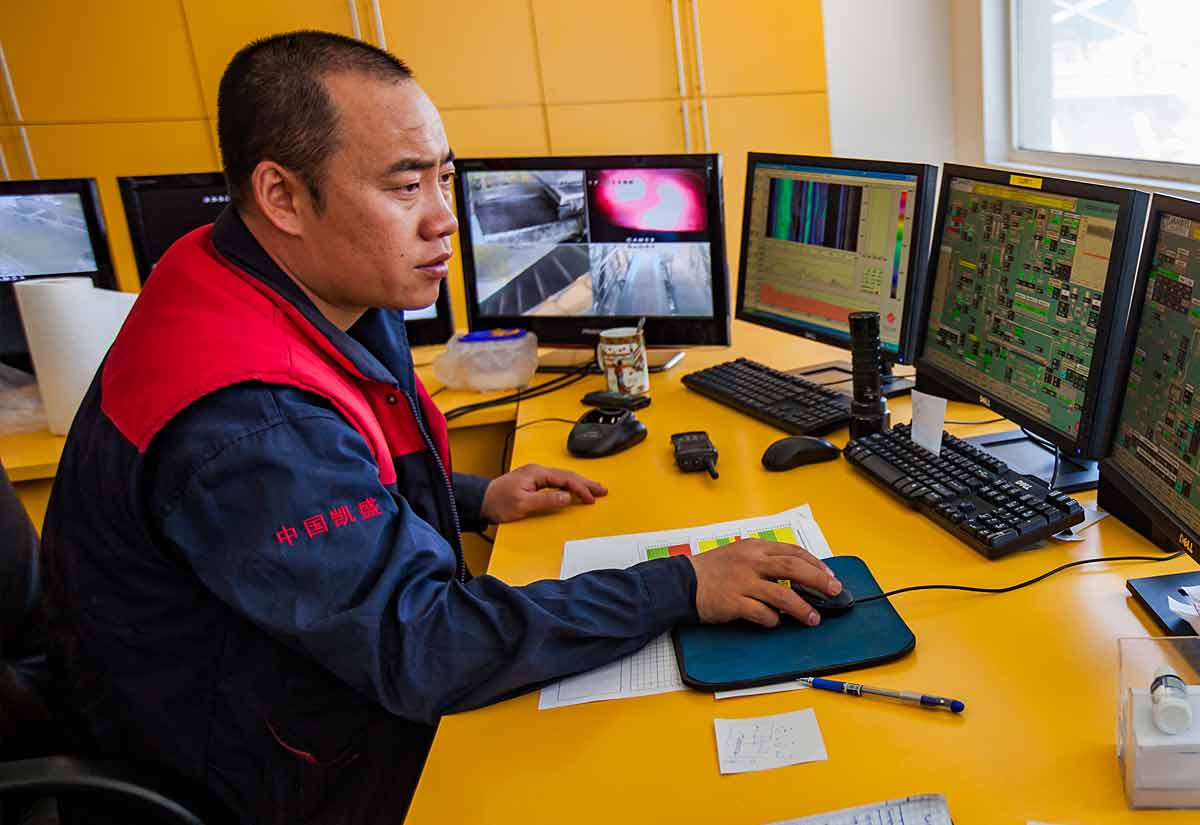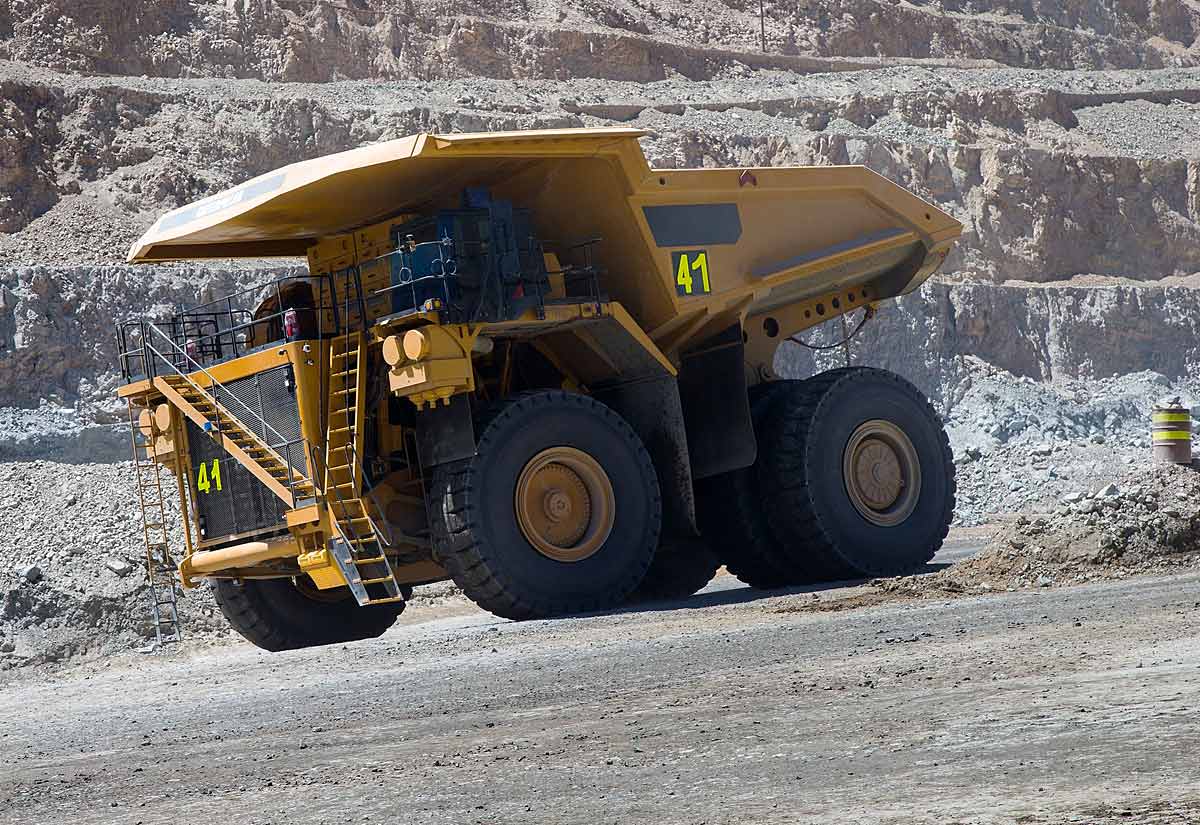The economic impact of COVID-19 has weighed on businesses across the United States. The restaurant industry expects to suffer losses of $625 billion. The travel industry expects losses to be around $500 billion. And the hotel industry shed around half of all jobs. Yet, during this disruptive time, the US housing market remains strong — though radically different from the housing market six months ago.
AIA recently updated its 2020 projections for nonresidential construction. Originally forecasted to grow by 1% in 2020; the nonresidential construction sector has been significantly impacted by COVID-19. By the end of the year, AIA expects a 14% loss for the sector. Fortunately, residential construction doesn’t share the same fate. In fact, the housing market is booming, and this puts the residential construction industry in the hot seat. Unfortunately, the growth won’t be shared by everyone.
The US Housing Market Remains Resilient
In April, Fitch Ratings, a credit research firm, forecasted a 25% decline in total new housing starts by the end of 2021. Last month, they updated those figures to an 8.6% drop. At the same time, residential construction spending through Q2 is up 7.8%. Of course, pre-pandemic, those figures were standing at 12.7%, so the industry is still dealing with pandemic shock (who isn’t?). But, compared to early predictions, residential construction has weathered the storm, and the outlook for this quarter is relatively positive — all things considered.
This increase in residential construction is driven by a shift in housing market dynamics. Not only are home prices growing at a staggering rate (listing price growth is the highest in 3 years), but remote work conditions and historically low mortgage rates are driving buyers to invest in new properties in suburbs outside of the hustle-and-bustle of the city. And that’s good news for builders.
The Shift to the Suburbs
Private spending on single-family construction rose 3.1%, and multifamily construction rose 4.9% in July, a stark difference from nonresidential construction. This growth is partially fueled by a shift to the suburbs, which typically have more relaxed zoning laws and more available construction space at fair prices.
Ninety-seven percent of businesses are currently using remote work for their employees, and 89% admit this change is likely to remain post-crisis. Freeing workers from the shackles of location is causing them to flee to more cost-effective locations. Real estate prices in San Francisco have plummeted by ~12%. A few miles away, the suburbs of Sacramento (up 7.9%), Oakland (up 4.5%), and Bakersfield (up 13.8%) have all seen massive gains.
In areas like Myrtle Beach, construction spending has remained stable throughout the entire pandemic — with over 7,000 construction projects (mostly residential) greenlit in August. Meanwhile, NYC development site sales have plummeted by 27% compared to last year. Lou Coletti, President of the Building Trades Employers Association, doesn’t share optimism for NYC residential construction returning to normal anytime soon. He noted that, “We’re really concerned about where the real estate housing market will be in the middle of next year.”
Residential construction companies focused on suburban projects seem to have a positive outlook over the coming months. For those who primarily focus on large city projects, that outlook may not be as bright.
About Resource Erectors
COVID-19 has changed the dynamics of the residential construction industry. While off-site construction is booming and residential construction looks to make gains in suburban areas, most contractors are facing unprecedented turmoil. In times like these, it’s important to have the right talent to guide your firm during struggles, growth and post-crisis resiliency. At Resource Erectors, we can help. Whether you’re a construction pro looking to work for a driven company or a construction company looking to build its post-crisis A-team, we match industry pros with best-in-class companies. Contact us to learn more.










